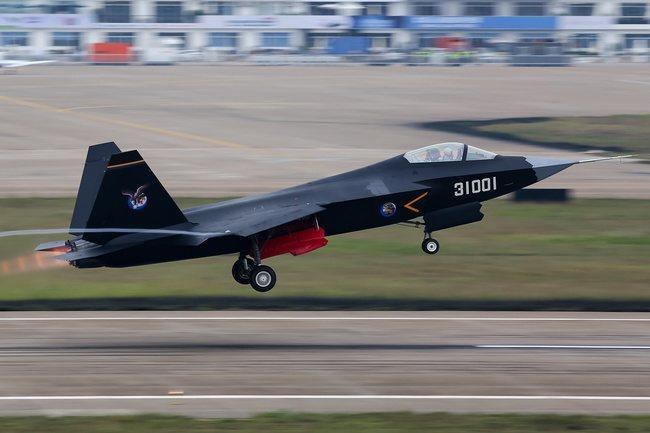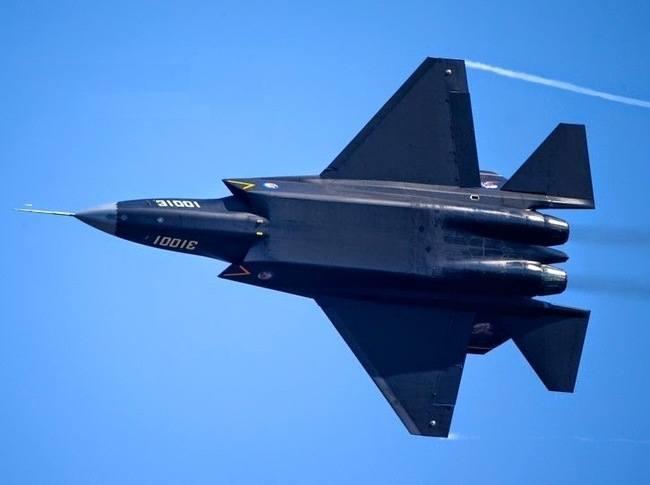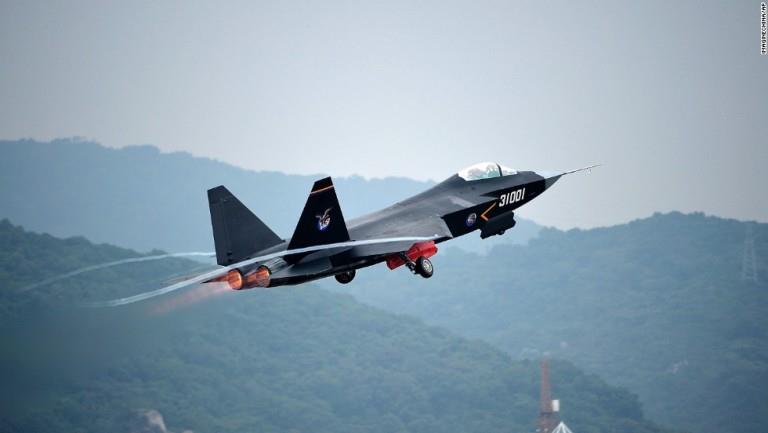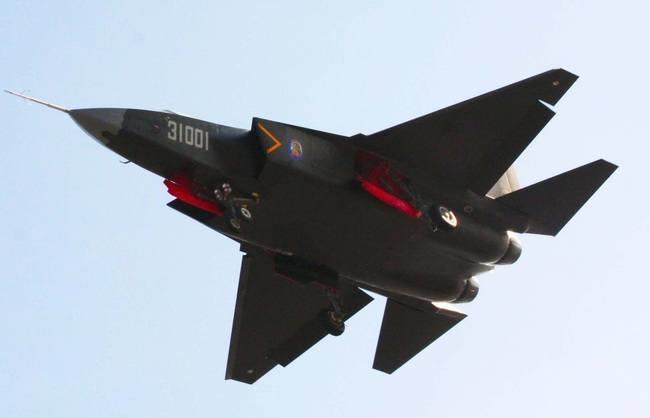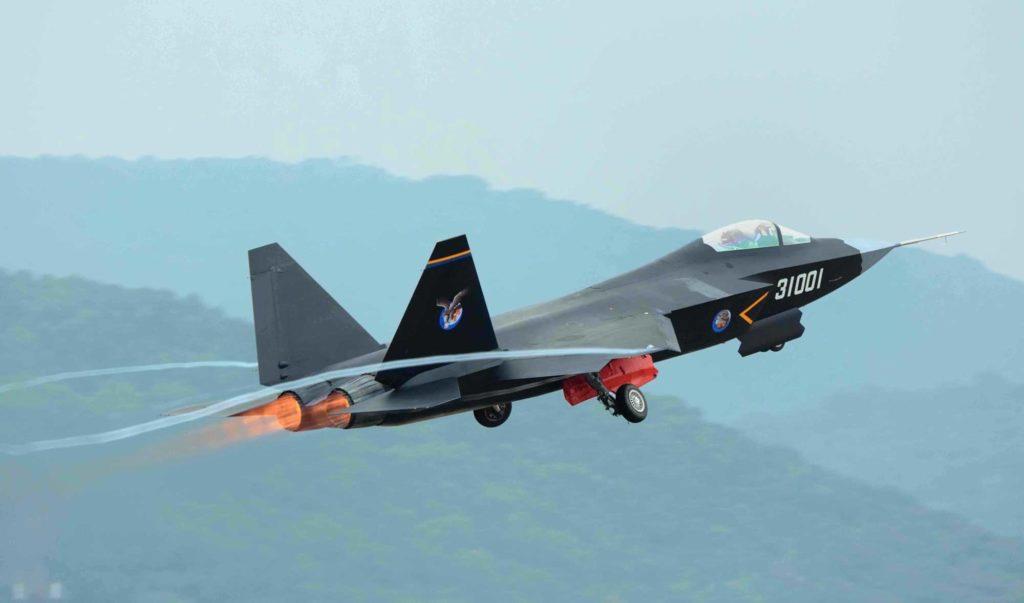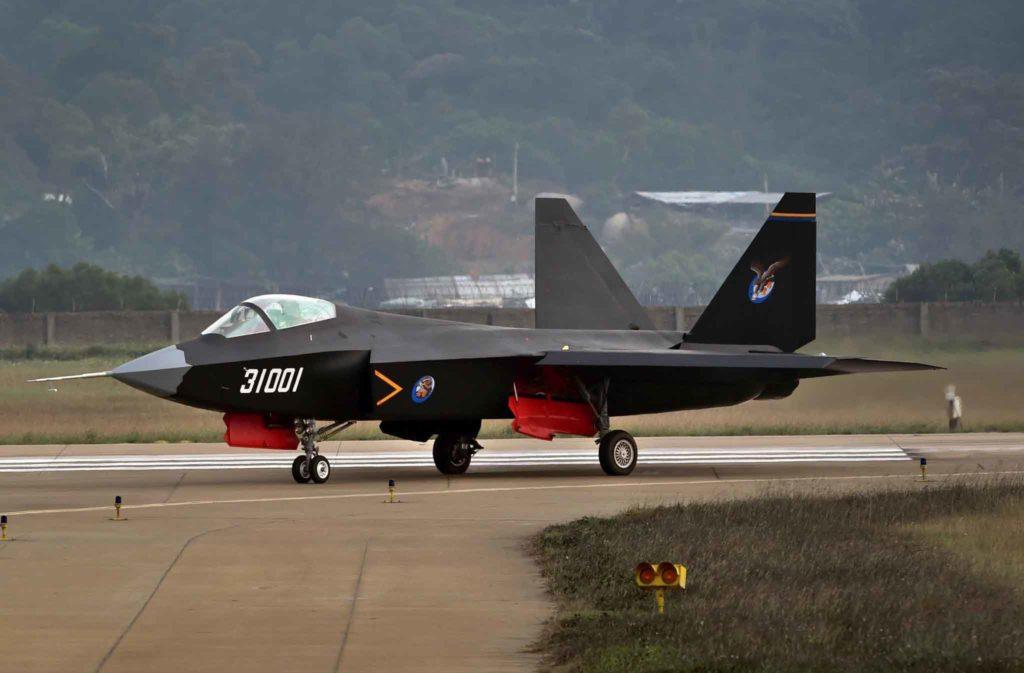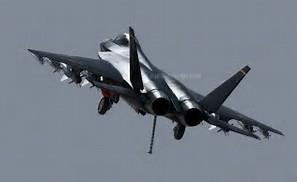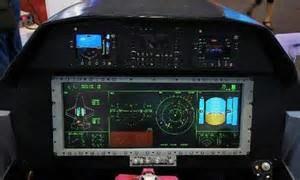S'sonic
Stealth
Menu
A free template by Lucknowwebs.com for WYSIWYG WebBuilder 8
Powered by Sispro1-S
Nigel G Wilcox
Paragon Of Space Publication
© Copyright Reserved - United Kingdom
Ideal Screen Composition 1024 x 768
SITEMAP
PSEUDO SCIENCE
SCIENCE RESEARCH
ABOUT
Desk
Supersonic
Stealth
Study
Menu
MAIN INDEX
Fastest Air Planes
Space
Transport
Menu
Shenyang J-31
The Shenyang J-31 also known as the "Gyrfalcon", or "Falcon Hawk" by some military enthusiasts, is a twin-engine, mid-size fifth-generation jet fighter currently under development by Shenyang Aircraft Corporation. The fighter has also been referred to as the "F-60" or "J-21 Snowy Owl" in some media reports. Its official name is Shenyang FC-31; J-xx nomenclatures in the Chinese military are reserved to programs launched and financed by the army, while this plane was developed by a state-owned company.
Maiden flight: 31 Oct 2012 Length: 55.45 ft Wingspan: 37.73 ft Manufacturer: HYPERLINK "/search?q=shenyang+aircraft+corporation&filters=ufn%3a%22shenyang+aircraft+corporation%22+sid%3a%22c84c5f04-a7a5-4e28-23ef-b3689d345292%22&FORM=SNAPST"Shenyang Aircraft Corporation
Similar to other 5th generation fighter jets like the Sukhoi T-50, the Shenyang J-31 has twin rudders and two engines. It boasts forward-swept intake ramps with diverterless supersonic inlet bumps and trapezoid-shaped wings. The J-31 is the Chengdu J-20’s little brother, smaller and more maneuverable.
This fifth Generation Multi-Purpose Medium Fighter is also called the “Gyrfalcon” by those who are passionate about military aircraft. A model of it was shown at the China International Aviation & Aerospace Exhibition 2012, which indicated an interest in potentially exporting the aircraft to other nations.
Although not a lot is known about the J-31, it’s being speculated that it uses stealth coatings rather than “baked in” fiber-mat stealth.
The future of J-31s could hit as soon as 2019, and might have supercruise capabilities.
Recently revealed details concerning China’s Shenyang J-31 fighter suggest that the aircraft not only looks like the Pentagon’s Lockheed Martin F-35 Joint Strike Fighter (JSF), but it also offers comparable aerodynamic performance. But the real question is how far along Beijing has come in the development of subsystems like radars and engines. Moreover, there is the question of how well Chinese industry can integrate all of those disparate technologies into an operational aircraft.
BEIJING - Amid the whine of high-performance jet engines at the start of an air show in Zhuhai, the Chinese government is hoping to generate a different sort of buzz: admiration, and perhaps purchases, of its shadowy J-31 stealth fighter, which is expected to make its first public appearance.
For almost 20 years, the event, Airshow China, has been a showcase for the country’s homegrown hardware, and a marketplace for those interested in selling to the world’s most populous country. As the country tries to climb into the high-end arms market, it has been eager to display fighters, missiles and drones that it hopes will demonstrate how China can compete on the global stage.
By exhibiting a stealth aircraft at the show, China wants to show just how far its arms industry has come, experts say. The United States is the only country with operational stealth planes, and Lockheed Martin the only company to have successfully exported one, the F-35.
"Technical questions continue to dog the J-31, however. Chinese aeronautical engineers have still not perfected the design of high-performance jet engines, forcing the J-31’s manufacturer to use Russian engines. Although the jet shares many design features of a stealth plane, it’s unclear whether they measure up to the radar-evading capabilities of its American counterparts, the F-22 and F-35".
Popular Science has a nice article about some of the fighter’s more technical aspects. The piece also mentions praise for the Chinese jet:.
The J-31 is the just one of two Chinese-made stealth planes. The other, known as the J-20 is the J-31’s bigger brother and did not make an appearance in yesterday’s showing. Foreign Policy speculates that this second fighter will be an exclusively Chinese aircraft, not to be sold abroad. The J-20 is likely designed to compete against the other American stealth fighter, the F-22.
The Shenyang J-31 is a Chinese fighter jet that’s earned the nicknames “Gyrfalcon” and “Falcon Hawk.” It’s a twin-engine, fifth generation stealth aircraft that’s still in the process of being developed. It was designed and built by the Shenyang Aircraft Corporation.
General characteristics
Crew: one (pilot)
Length: 17.3 m (56 ft 9 in)
Wingspan: 11.5 m (37 ft 9 in)
Height: 4.8 m (15 ft 9 in)
Wing area: 40 m2 (430 sq ft)
Max takeoff weight: 28,000 kg (61,729 lb)
Powerplant: 2 × RD-93 afterburning turbofans, 85 kN (19,000 lbf) thrust each
Powerplant: 2 × WS-13 afterburning turbofans (projected upgrade)
Maximum speed: 2,200 km/h (1,367 mph; 1,188 kn)
Maximum speed: Mach 1.8
Combat range: 1,250 km (777 mi; 675 nmi) on internal fuel, or 2,000 kilometres (1,200 mi) with external tanks
Armament
Hardpoints: 6 x external, and internal bay with a capacity of Up to 8,000 kilograms (18,000 lb), including 2,000 kilograms (4,400 lb) internally,
Missiles:
Air-to-air missiles:
12 x medium-range
Air-to-ground missiles:
8 x supersonic
Bombs:
8 × 500 kg deep-penetration bombs
30 x smaller bombs
Avionics
Distributed aperture system (DAS) optical early-warning system
Electro-optical targeting system (EOTS)
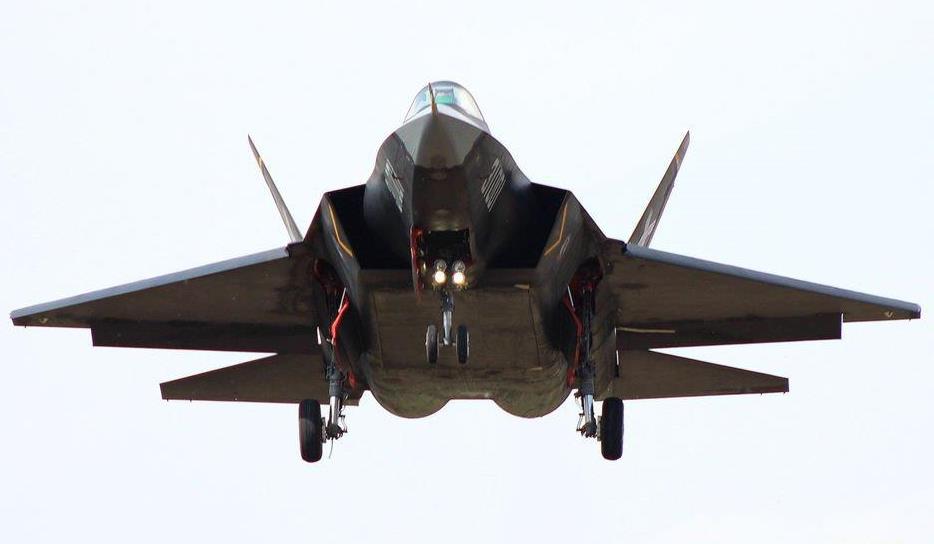
The Shenyang J-31 is a Chinese fighter jet that’s earned the nicknames “Gyrfalcon” and “Falcon Hawk.” It’s a twin-engine, fifth generation stealth aircraft that’s still in the process of being developed. It was designed and built by the Shenyang Aircraft Corporation.
Similar to other 5th generation fighter jets like the Sukhoi T-50, the Shenyang J-31 has twin rudders and two engines. It boasts forward-swept intake ramps with diverterless supersonic inlet bumps and trapezoid-shaped wings. The J-31 is the Chengdu J-20’s little brother, smaller and more maneuverable.
The J-31 fighter jet is intended to provide advanced defence capabilities in close-air support, aerial bombing and air interdiction operations. It can also perform suppression of enemy air defences and can be used as a carrier-based fighter on aircraft carriers. Initial operational capability of the aircraft is expected in 2020.
The medium-sized Shenyang J-31 stealth HYPERLINK "http://www.airforce-technology.com/features/feature-world-most-advanced-fighter-aircraft-f35/"fighter aircraft features diverterless supersonic inlet (DSI) design with bumps and forward-swept inlet cowls. The airframe incorporates a pair of low-aspect ratio trapezoidal planform wings with titanium spars. Each wing has a sweep of 35° and the stealthy design offers reduced radar cross-section (RCS).
The chined fuselage of the J-31 incorporates a pair of tailplanes. The rear edge of the fuselage is hinged with two vertical stabilisers. A rudder is installed on each stabiliser to control the aircraft's movement. The aircraft is fitted with a tricycle landing gear. The nose landing gear consists of double wheels, while the main landing gear has a 'dogleg' structure.
The fighter jet has a length of 16.9m, height of about 4.8m, and a wing span of 11.5m. The empty weight is about 17t and the maximum take-off weight is 25t. The aircraft can carry out missions at medium and low-altitudes.
After a first public display at Zhuhai Airshow, the J-31 design revealed problems and flaws in terms of aerodynamics. To be more specific, the aircraft tended to lose a lot of energy while manoeuvring, forcing the pilot to use afterburners in order to keep the aircraft under control.
Role: Stealth multirole fighter
National origin: China
Manufacturer: Shenyang Aircraft Corporation
Designer: Shenyang Aircraft Corporation
First flight: 31 October 2012
Introduction: 2018-19 (estimated)
Status: Flight testing
Number built: 2 prototypes



